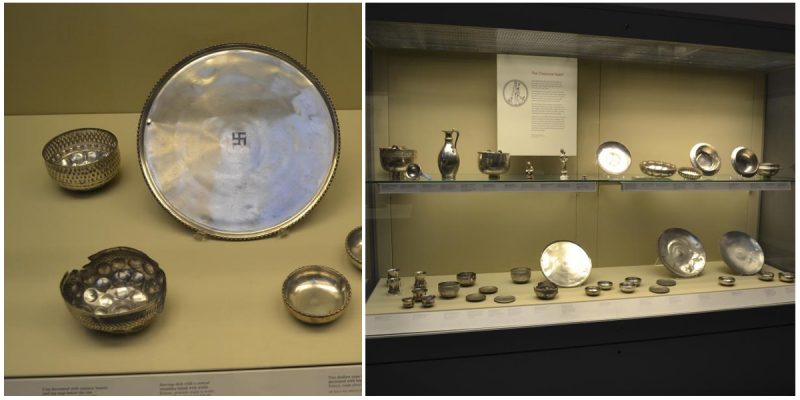The Chaourse village is located in northern France near Montcornet in the Aisne department. It is best-known as the place where the Chaourse Treasure was found in 1883.
It is a hoard of Roman silver which dates back to the 2nd and 3rd century AD, and today it is on display in the British Museum. According to Wikipedia, the treasure is one of the most distinguished table services which have survived from antiquity. On some of the silver plates, two names are inscribed, Cavarianus and Genialis, presumably the owners of the service.
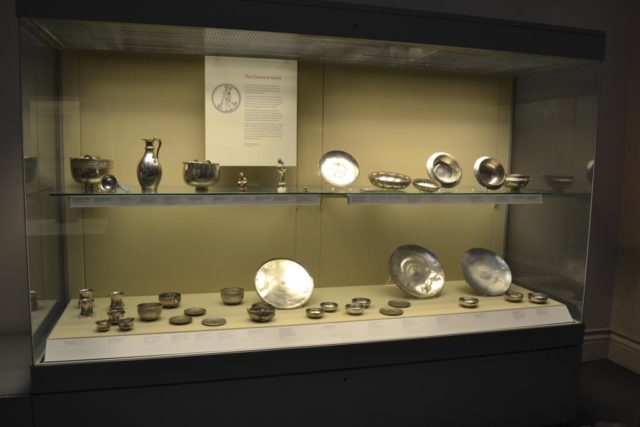
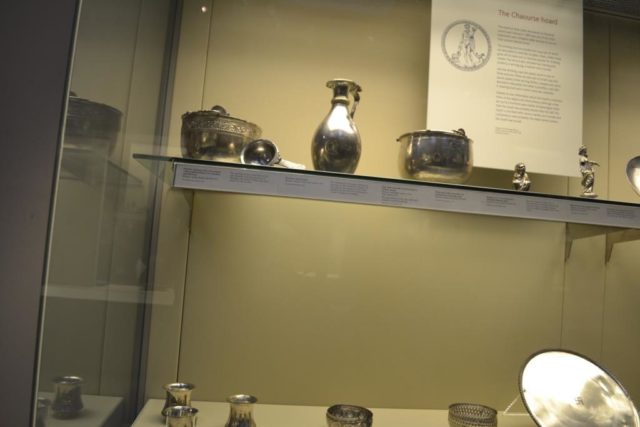
The hoard was found in a field wrapped in cloth in 1883. It was purchased by the British Museum six years after it was found. Along with the treasure, silver coins were found. These were used during the reign of the Gallic emperor Postumus and later, during the reign of Gallenius, and they were buried with the rest of the hoard.
Few of the items are from the 2nd century, but most of them are from the 3rd century AD. The Chaourse hoard contains 39 items and only a mirror, and five small vessels are not silver. The mirror is half bronze, half silver and decorated with silver leaf. It is part of the items that form the toilet service.
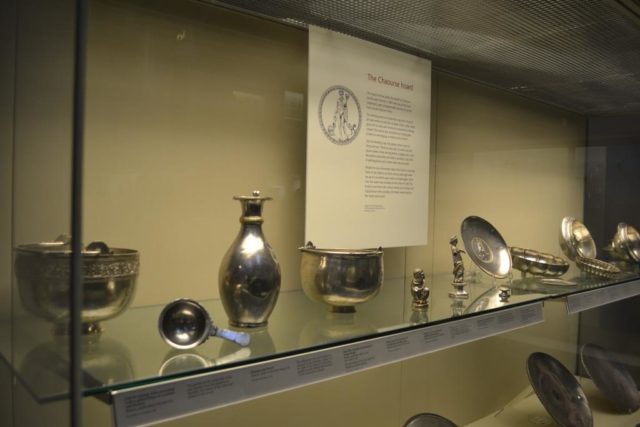
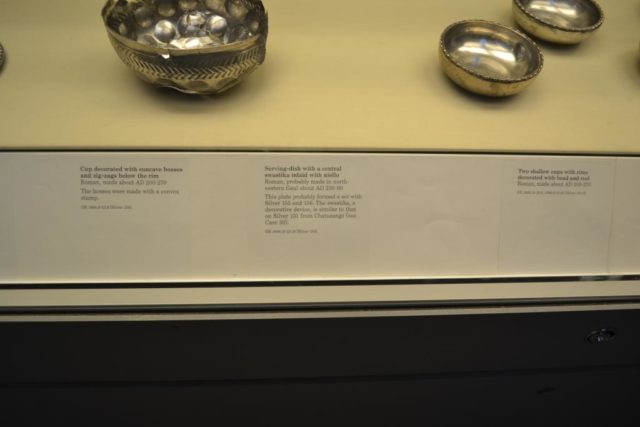
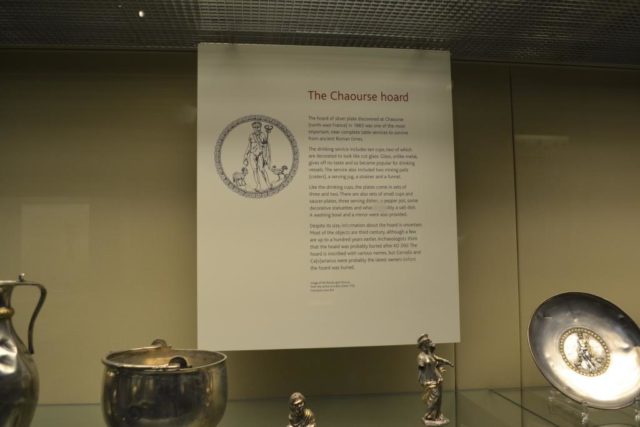
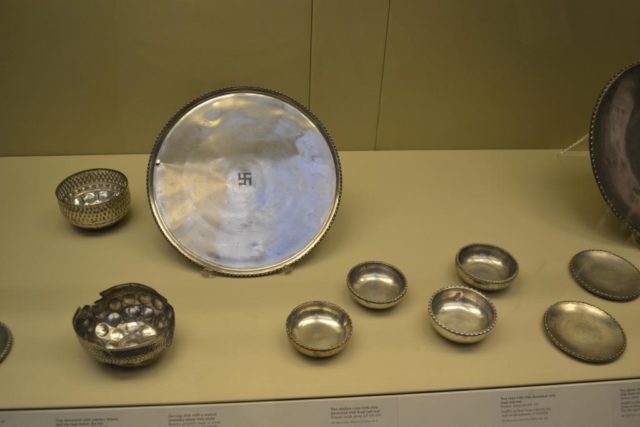
One of the four large serving dishes has the swastika in the center, and it is inlaid with niello. Another dish has a figure of the god Mercury in the center.
The rest of the treasure includes many partially gilded jugs, drinking cups made of silver, two buckets or situlas, various bowls decorated with floral and animal patterns, a figurine of the goddess Fortuna and a small pepper-pot in the shape of a sleeping African boy in squatting position. It is suggested that it is a pepper-pot of African slave because his chest is chained. The holes for the pepper are on his head.
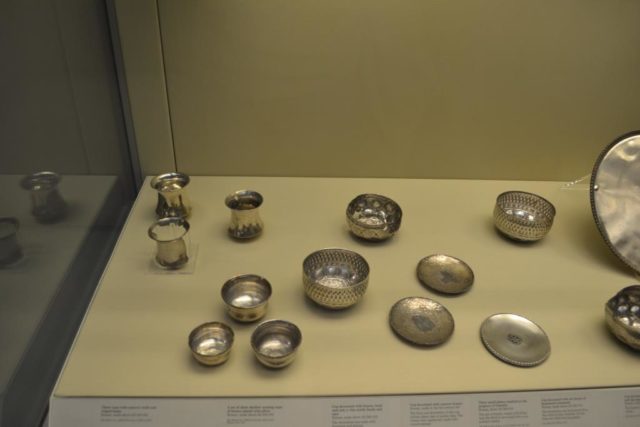
Two bowls of the treasure are almost identical in their shape and decoration which may have been made in the same workshop.
Genialis and Cavarianus probably buried the plates inscribed with their name for safe-keeping. One of the small silver plates which have a rosette in the center is inscribed with the name Genialis.The treasure can be seen in the Greek & Roman Antiquities department at the museum.
